
Red-eared pika belongs to the subgenus <Conothoa>. There is some controversy in classification. Red-eared pika was once merged into red pika (<Ochotona rultila>). Liu Shaoying et al. (2016) confirmed it as an independent species. Red-eared pika is the most beautiful pika. It has a specia...
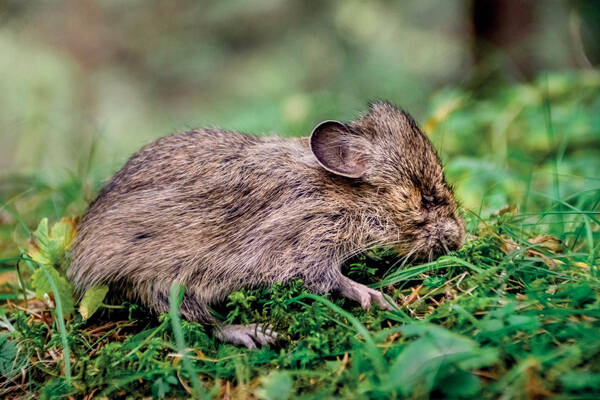
Xunhua pika, also known as Qinling pika, belongs to the subgenus Alienauroa. It was first published as a subspecies of Tibetan pika (O. thibetana), and was later considered a synonym of Ochotona syrinx. Liu Shaoying et al. (2016) classified it as an independent species because of its tragus, so it w...
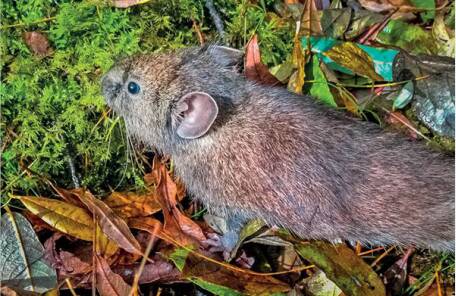
Huanglong Pika belongs to the subgenus Alienauroa. It is mainly distributed in forests below 3100m above sea level in the Minshan Mountains. Low altitude. It prefers rocky and humid habitats. This species is also one of the new species published by Liu Shaoying et al. (2016)....

The Dabashan pika belongs to the subgenus Alienauroa. The subgenus Alienauroa was established by Liu Shaoying et al. (2016). It is a very special type of pika with an obvious bat-like tragus in its ears. This genus is mainly distributed in forest areas with lower altitudes. This species is also one...

The Yarlung Zangbo pika belongs to the subgenus Ochotona and is a new species discovered by Liu Shaoying et al. (2016). Its distribution area is very narrow. It lives in relatively dry river valley shrubs with many gravels. There is almost no ecological research. In terms of phylogeny, it has a clos...

The scientific name of the narrow-headed pika is Ochotona thomasi, belonging to the subgenus <Ochotona>. It is a very special species with a small population, a narrow distribution area, few studies, and few specimens, which deserves high attention.The narrow-headed pika has complex burrows an...
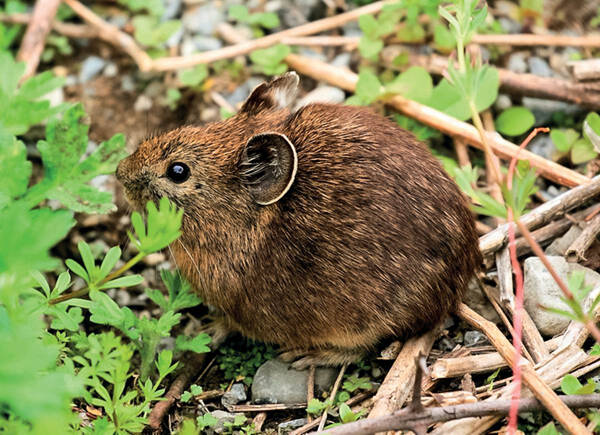
Tibetan pikas are active day and night, and are agile. They often chase each other for fun, and quickly go into the cave when they encounter an enemy.The cave system of Tibetan pikas is complex, with as many as 5-6 exits: the exits are generally opened at haystacks and tree roots. The cave entrance...
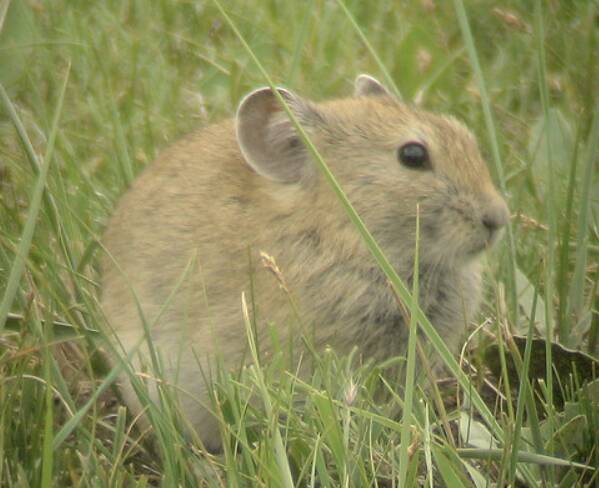
The Daurian pika belongs to the subgenus Ochotona, which was once included in the black-lipped pika (Ochotona curzoniae), but its independent species status was later accepted. There are 3 subspecies and 5 synonyms. Therefore, the classification within the species is rather chaotic. It is a common s...

The black-lipped pika is also known as the plateau pika, the singing pika, the stone rabbit, and is called "Anona" in Tibetan medicine. It belongs to the subgenus "Ochotona". It is also called the plateau pika, and is a key species in the entire Qinghai-Tibet Plateau meadow ecosy...
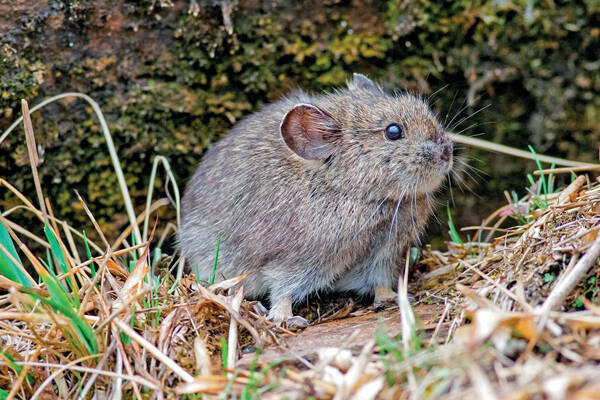
The Intercranial Pika, also known as the Singing Pika, belongs to the subgenus Ochotona. It was previously merged into the Tibetan Pika, but later became independent. There is no dispute about the species. It is the smaller individual in the genus. It is distributed at a higher altitude than the Tib...

Angora rabbit is a world-famous wool-producing rabbit breed, a type of long-haired rabbit. Its hair is dense and long, and it is also called grass mud rabbit on the Internet. According to data from the international ARBA organization, it originated from the Angora Province in Turkey. Another theory...
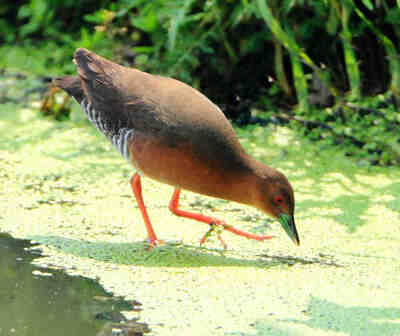
Band-bellied Crake, whose foreign name is Band-bellied Crake, is a small wading bird with no subspecies.Spotted frogs migrate to Northeast China to breed in mid-to-late April in spring, and migrate away from their breeding grounds in late September and early October in autumn.Spotted frogs often liv...
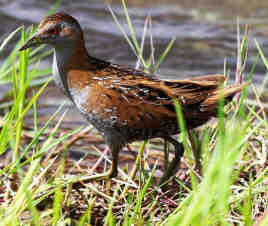
Little Crake is a small wading bird with no subspecies.The frog often moves alone or in family groups. It is good at swimming and diving. It often swims among the reeds and water grass in the pond. Sometimes it also moves outside the reeds or on the water surface far from the shore, especially in th...
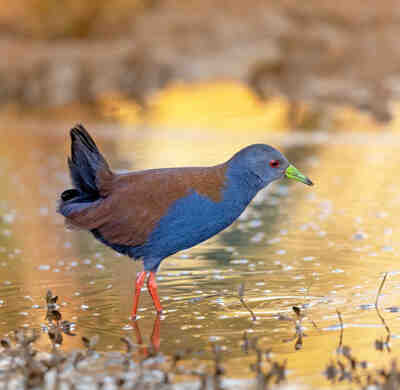
The brown-backed frog is called Black-tailed Crake in foreign language, and has no subspecies.The brown-backed frog is a resident bird. It likes to move in streams with vegetation on one side and open grassland on the other side. Its living habits are very similar to those of the red-footed bittern....
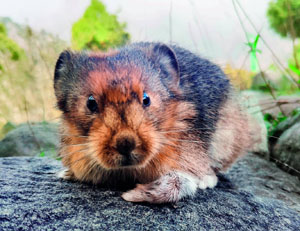
Ningxia pika, also known as Helan Mountain pika, belongs to the Leporidae, Lepus species, and Lepus genus. It is a critically endangered species in the world. It is a pika that only lives in the ridge area of the Helan Mountains in northwest China. It mainly inhabits mountain gravel belts above 2,00...

Compared with other rabbits, the shag rabbit has shorter ears and brown-black fur. It usually lives in high-altitude grasslands and swamps, and is most active at dawn and dusk. It is a herbivorous rabbit native to the foothills of the Himalayas.They were once common, but have lost their habitat due...

The Hainan rabbit is a solitary animal that is active mainly at night, and is most active at dusk or dawn. It lives in bushes and grasslands. It neither hibernates nor aestivates. It reproduces several times a year, with a gestation period of about 30 days, and the young reach sexual maturity in abo...
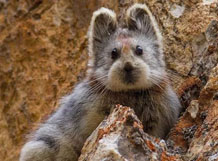
The Ili pika is a very endangered and rare species. It was discovered very late and was published as a new species by Li Weidong and Ma Yong in 1986. Due to its rarity and naive appearance, it is loved by people and has received strong attention from the scientific community. It is called the Chines...
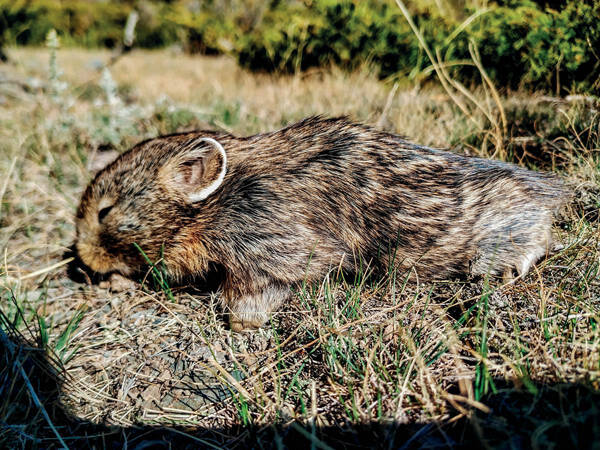
The steppe pika belongs to the subgenus <Pika>. This species has always been considered not to be distributed in my country. In September 2008, the Xinjiang Uygur Autonomous Region Locust and Rat Control Headquarters collected specimens for the first time in Karamay in northwestern Xinjiang; t...